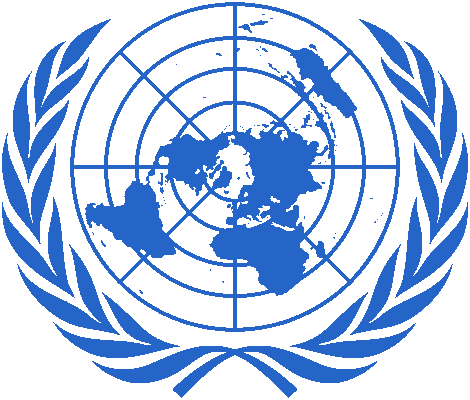|
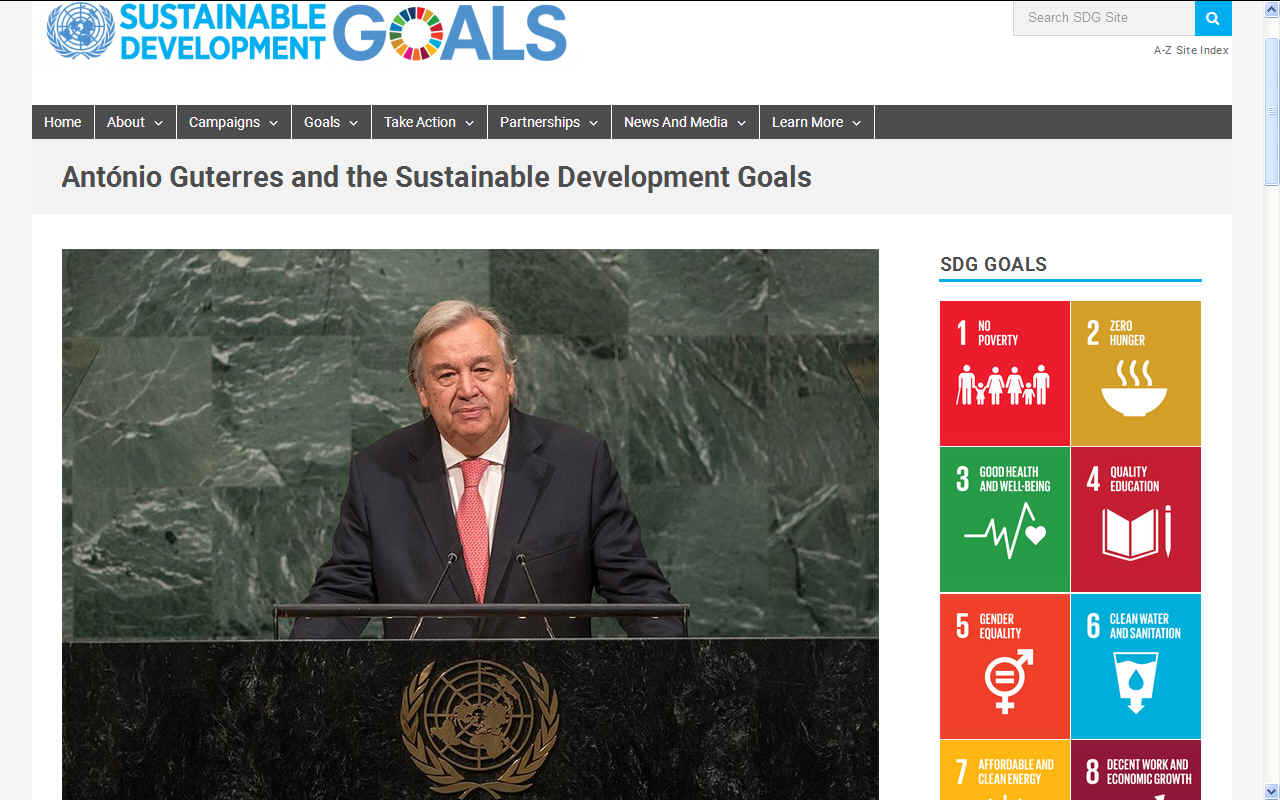
SDG14
- OCEANS & SUSTAINABILITY
The
United Nations have adopted a goal that we hope will eventually generate
funding for SeaVax
like projects via the G20 or other
group of nations who want to see the seas clean of plastic
waste in the interests of food
security. At the moment they appear to be pursuing a land based approach
to reducing plastic, leaving the ocean to choke. Whereas, common sense
would dictate a dual pronged attack from land and sea.
By
way of an example, the
SeaVax
project encompasses many of the Sustainable Development Goals that the UN
are hoping to achieve in one. To begin with Seavax is
solar and wind
powered, meeting SDG 7 aims and in the longer term SDG13,
as in research into zero emission ocean transport. The objective is to
develop the innovative technology (SDG9)
to help in the fight alleviate hunger and provide food security (SDG2)
and the vessels clean rivers and oceans (SDG6).
Lastly, WOAA
sits well with SDG17
in that the proposed World Ocean AntiPlastic Alliance encouraged
international cooperation in seeking to clean the oceans as per SDG14.
Sadly,
the G20 did not bite, rather scurrying for cover, in refusing to
acknowledge their mess. Sweeping it under the political carpet.
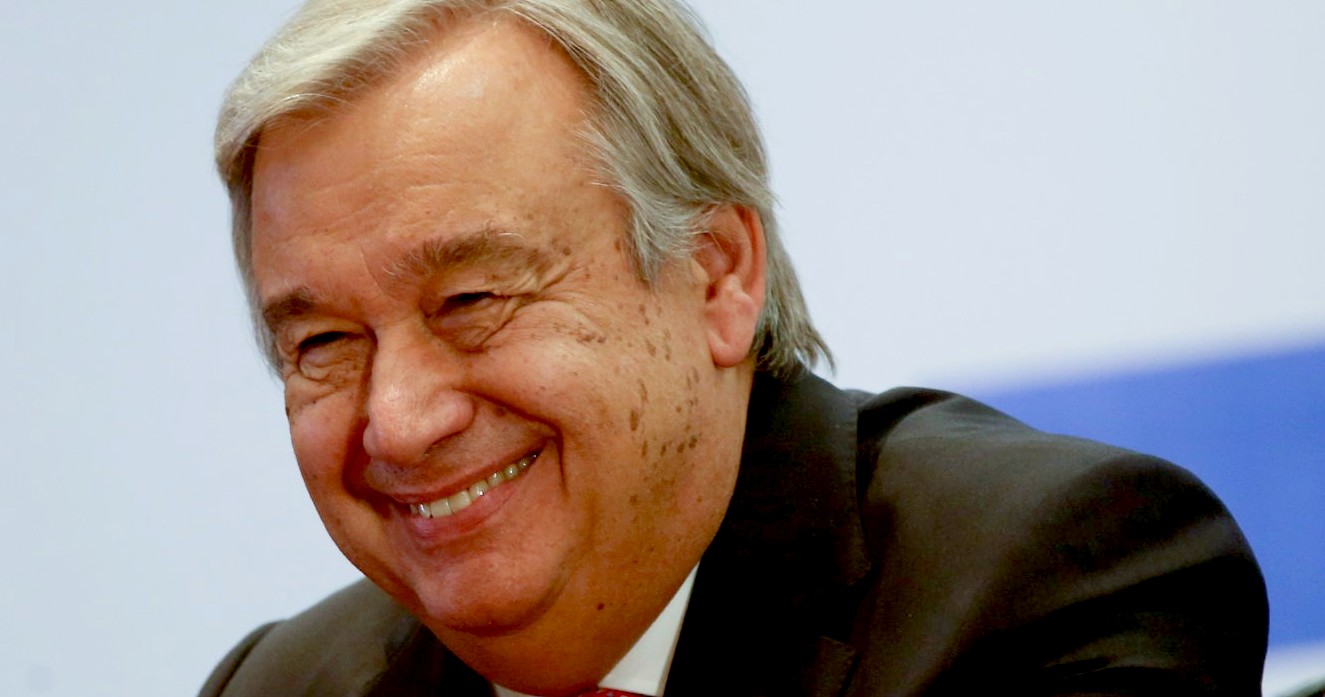
ANTONIO
GUTERRAS
- The Secretary
General of the United Nations from 2016.
ZERO CARBON VESSELS, MARINE LINK DEC 23 2014
- THE TIDE IS TURNING
Battery based energy storage systems for marine applications are finally moving, cleanly along the global waterfront at full speed.
The UN Report on climate change on November 2, 2014, stated that the unregulated use of carbon based fuels must cease by the end of the century. While people can debate the causes of global climate change, this type of strong statement is increasingly familiar. The shipping industry is one of the largest consumers of carbon-based
fuel, and as such, has great reason to be concerned. That said; from the ferries that transport people and fuel across rivers, to
Offshore Support Vessels (OSVs), and a dozen other types of workboat hulls, commercial vessels are vital to the economy and security of the world.
For decades, marine architects and operations managers have made great increases in efficiency to reduce fuel consumption costs. A vessel built today is far more efficient than one that was built 20 years ago. Advances in
computer modeling of hull shapes have lowered resistance in the water and composite materials or lightweight aluminum are being used where possible to reduce weight. Even the anti-fouling paint used on the hull, and the impact on a vessel’s performance, is taken into consideration.
In the engine room, newer engines run more efficiently and burn less fuel, due to advanced computer controls. Propellers are tuned for maximum efficiency, scrubbers are being used to further reduce pollution and LNG is being touted as the next big clean idea in marine fuel. But they all use carbon based fuel that, according to the UN, will soon be phased out. We do not currently have a “Flux Capacitor” like the one imagined in the movie
Back to the
Future, and until we do, we will be stuck with what we know. Or will we?
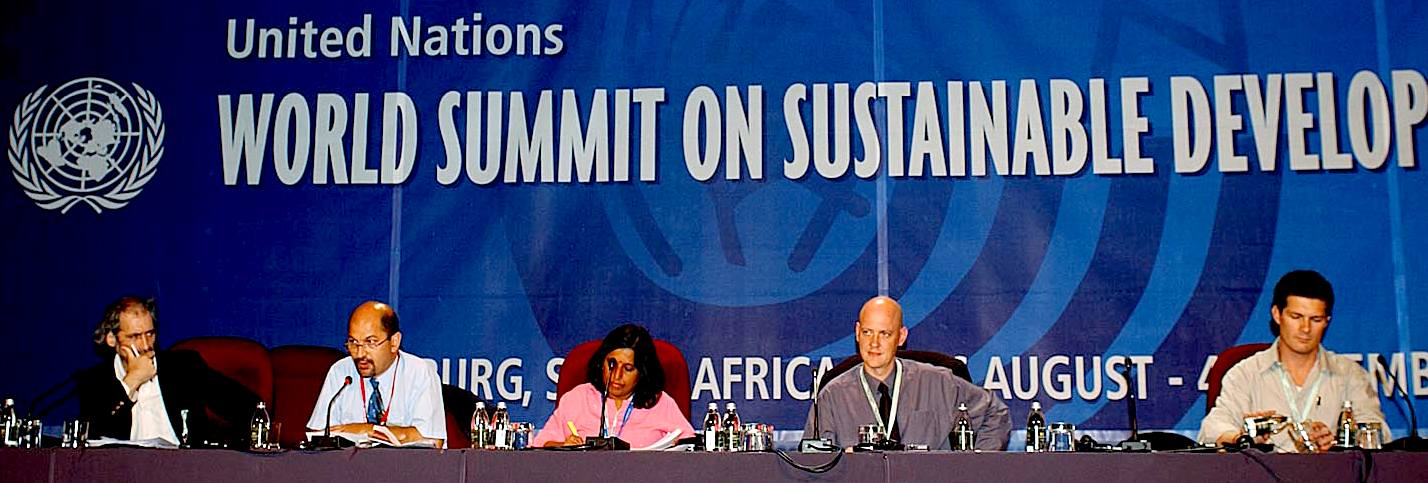
Lower Emission Electric Hybrids
Vancouver, Canada based Corvus Energy Ltd., a global supplier of battery-based energy storage systems for marine use, has engineered the world’s only purpose built, industrial quality lithium battery suitable for use in large commercial vessels. In fact, Corvus, founded in 2009, has a number of firsts under its belt: the world’s first hybrid Offshore supply vessel, the world’s first full electric passenger and car ferry, Europe’s first hybrid tugboat, and the world’s largest hybrid vessel ever. In 2015, Corvus will commission the world’s first
LNG powered hybrid ferry.
We all know hybrids right? Aren’t they the weakling, underpowered cars you find outside coffee shops in Seattle? Not anymore. In fact, Corvus claims their batteries can outperform large diesel generators in bursts, they do not require ramping up to put out the power which is available any time it’s needed.
It is this instant, always on power: that’s what makes it so attractive to ferry operators such as
Denmark-based Scandlines. They installed a 2.7MWh Corvus Energy Storage System (ESS) on board one of their 466 foot, 1,200 passenger ferries, Prinsesse Benedikte. They use the battery to provide spinning reserve, allowing them to remove one gen-set completely. This, combined with the ability to load level on the remaining generators, provided them with a 25% reduction in fuel consumption. The fuel bill for their first vessel is lower now than when they built her in 1994, and the vessel requires about 30% less maintenance due to the engines operating in their correct load range. And, Scandlines has converted another three sister vessels to Corvus hybrid and now has the largest hybrid ferry fleet in the world.
Another first from Northern Europe was the offshore supply vessel Viking Lady. Originally launched in 2009, she has been outfitted with various propulsion technologies in an effort to reduce fuel consumption and pollution. But, the vessel is a working OSV in the North Sea, so safety and reliability come first. Arguably the model for green power and technology, she is powered by dual fuel LNG
diesel engines and uses a Corvus Energy ESS to provide the huge power bursts required to hold position while performing
station-keeping duties. Lightweight and modular in design, the Corvus system sits on the foredeck housed in a DNV-certified container and feeds into the vessel’s electrical system as needed. This allows the vessel to reduce the overall power output required by its generators and reduces the fluctuation of generator output/rpm in response to load.
The modular design of the system allows for expansion of the energy storage component as required. If the vessel changes duty and is used in a different operational capacity, the ESS component may be expanded or reduced as required. Moreover, from a system design perspective, a single propulsion system design may be used on a variety of different vessels to meet different needs. In the case of large fleet operators, the modular system could be deployed as needed and reassigned to a different vessel if the duty cycle warrants it.
Hybrid Propulsion – not just Noise
Hybrid propulsion technology is quietly making waves in other places, as well. Greener operations, fuel savings and/or the elimination of emissions are not the only reasons to go ‘hybrid.’ For example, maritime engineering consultant and frequent
'Marine News' contributor Bob Kunkel and his firm, Amtech, were recently employed to develop a lithium battery hybrid propulsion research vessel. The propulsion system developed by Northern Lights,
BAE Hybrid Systems and Corvus Energy was introduced due to a request to reduce emissions and fuel consumption along with providing a quieter platform for collecting data and teaching. Built at Robert E. Derecktor shipyard in Mamaroneck, New York, the Spirit of the Sound hybrid application is being used as a platform for offshore wind farm maintenance where emissions at the farms will be an issue during construction. The research vessel is used to collect water samples and track marine life in Long Island Sound and the actual “noise” benefit of the silent propulsion system was not realized until sea trials were conducted and schools of fish and other marine life surrounded the vessel during its movements in and out of the harbor, without machinery noise or wake.
Zero Emissions Full Electric Power
While current battery technology is not capable of providing enough capacity for an extended trip, many of the commercial vessels being used today have short durations of run time followed by predictable periods of inactivity. A short run ferry is an ideal candidate for full
electric propulsion; many ferries run for 20-30 minutes and are followed by a 10-15 minute offloading/loading phase. Indeed, the 2014 ship of the year, announced at SMM in Hamburg in September is such a vessel. Norled Ampere, built by Fjellstrand of Norway, is powered by a Corvus Energy ESS. Fully battery electric powered, she has no generator on board. The solution is, in a word, elegant in its simplicity.
Due to issues in the local grid where the vessel was operating, there was not enough power available to ‘quick charge’ the
batteries after each crossing. Upgrading the local utility grid was deemed time consuming, disruptive and very costly. The engineers at Corvus realized that a battery-to-battery transfer of energy would be far more efficient. In this way, the system would be separated in three parts: an ESS on the vessel, and a shore station on each side. The shore stations are used to fast charge the vessel. When the vessel leaves the dock, the battery then slowly recharges from the grid. With the 30 minute crossing, 15 minute unloading and loading, then another 30 minutes return trip, the battery has ample time to recharge at a slower rate, which is easily handled by the existing grid infrastructure.
With a shore station on each side, the vessel battery is fully recharged after each crossing and maintains reserve for additional crossings. Should a power failure occur on either side it is possible for Ampere to recharge on one side only and maintain service without disruption. The Ampere replaces an existing steel monohull design, using diesel mechanical drives with the new Zerocat design. As the name implies, the Zerocat is a
catamaran, 260 feet long and is built from
aluminum. The owners expect to earn a rapid return on investment from the vessel due to the fact that their operating costs for fuel are now zero. The vessel she replaces burned more than 260,000 gallons of fuel per year and, due to its age, was considered a high polluter. The propulsion system now requires no maintenance as the battery pack and other components are fully computerized, maintenance-free units, providing further advantages to the owner.
Building better, faster, more efficient vessels is not new. It has been happening since the first vessels were launched thousands of years ago by our ancestors. The application of diesel electric motors to vessels is not new either; it’s been widespread for more than 20 years. Adding a lithium battery IS new, and while it is still early days for the use of battery hybrids in commercial marine, the trend is certainly growing. Where else can you find an innovation that reduces costs, increases safety and reliability and also reduces emissions to zero?
(As published in the December 2014 edition of Marine News)
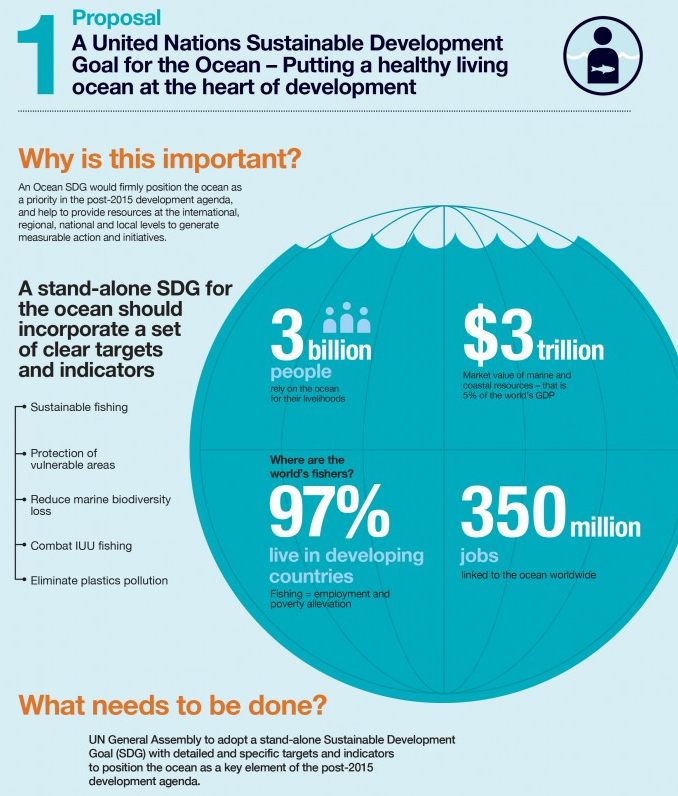
REDUCING
ACCIDENTS AT SEA
There
are many International organizations concerned to prevent accidents (loss
of life) at sea of which the IMO is the most influential based on other
treaties such as SOLAS. Loss of life
may be caused by freak weather conditions, but is more commonly caused by
collisions at sea, either with other boats, icebergs, or by running
aground. All of these depend on human performance, the seamanship of a
captain and his crew. There are though now, many vessels that are
unmanned, using computers to navigate. Properly developed such a system
will take AIS
to the next level: Super-AIS, a
Collision Avoidance System (CAS) that
seeks to prevent accidents by taking the helm to superhuman levels of
performance.
In
2012- 2013 Bluebird
Marine Systems tried to promote a CAS internationally,
by making the SNAV
robot navigation system available economically, with certification or type
approval and clarification as to legal issues relating to liability - who
might be at fault in the event of a claim. This may not be so critical from a military point of view, but very much on the agenda for
commercial fleet operators who need to avoid legal complications. The
company did not get very far with that, though a patent was granted in
2020. In 2021, such systems are available more or less off the shelf - and
at affordable prices.
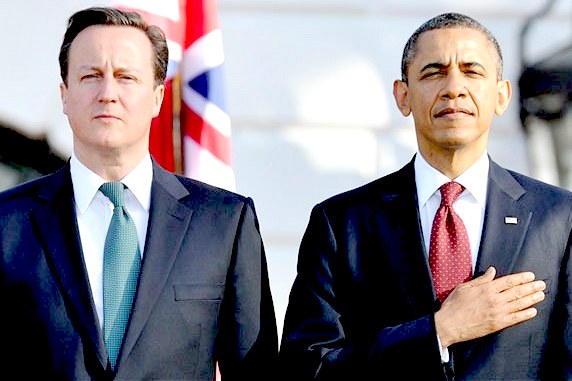
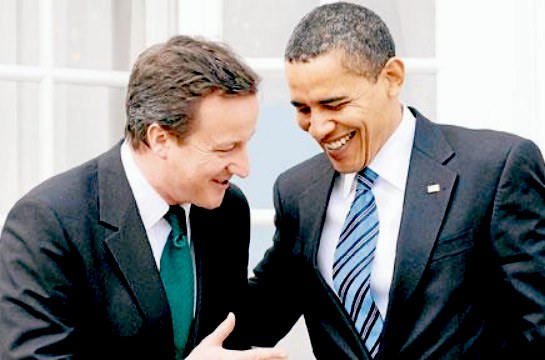
DAVID
CAMERON & BARACK
OBAMA - The
task of cleaning up our oceans is a serious business, but one which may
not be given the attention it deserves by some. "They cannot be
serious about this clean air nonsense, but we'd better put on a show for
the media." "I can't stop laughing. Do you remember the elevator
scene with Peter Sellers as Inspector
Clouseau?"
"You think that is funny, what about Brexit?"
ABOUT
THE UN
The United Nations (UN; French: Organisation des Nations Unies, ONU) is an international organization whose stated aims include promoting and facilitating cooperation in international law, international security, economic development, social progress, human rights, civil rights, civil liberties, political freedoms, democracy, and the achievement of lasting world peace. The UN was founded in 1945 after World War II to replace the League of Nations, to stop wars between countries, and to provide a platform for dialogue. It contains multiple subsidiary organizations to carry out its missions.
At its founding, the UN had 51 member states; there are now 193. From its offices around the world, the UN and its specialized agencies decide on substantive and administrative issues in regular meetings held throughout the year. The organization has six principal organs: the General Assembly (the main deliberative assembly); the Security Council (for deciding certain resolutions for peace and security); the Economic and Social Council (for assisting in promoting international economic and social cooperation and development); the Secretariat (for providing studies, information, and facilities needed by the UN); the International Court of Justice (the primary judicial organ); and the United Nations Trusteeship Council (which is currently inactive). Other prominent UN System agencies include the World Health Organization (WHO), the World Food Programme (WFP) and United Nations Children's Fund (UNICEF). The UN's most prominent position is that of the office of Secretary-General which has been held by Ban Ki-moon of South Korea since 2007.
The United Nations Headquarters resides in international territory in New York City, with further main offices at Geneva, Nairobi, and Vienna. The organization is financed from assessed and voluntary contributions from its member states, and has six official languages: Arabic,
Chinese, English, French, Russian, and Spanish.
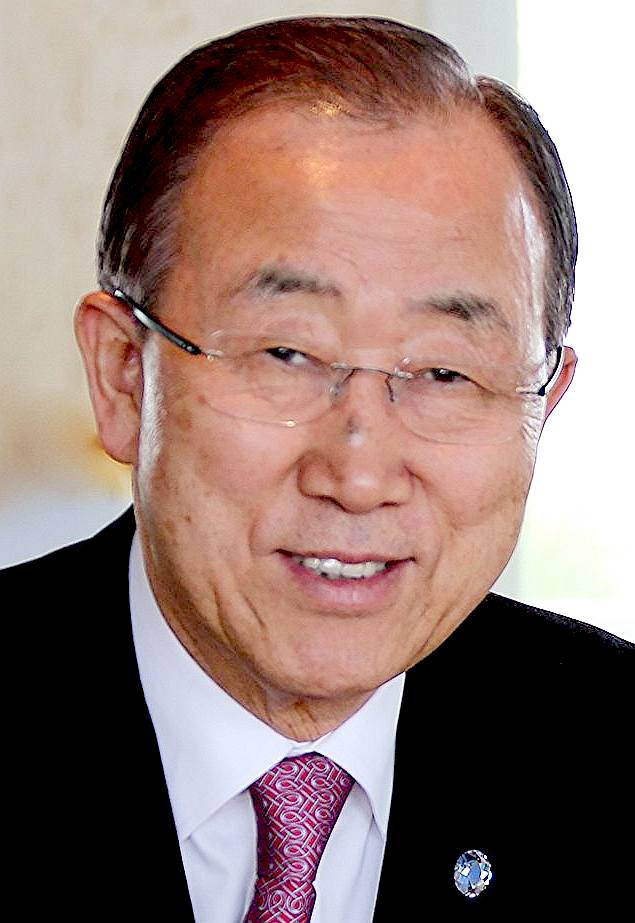
BAN
KI-MOON
- The Secretary
General of the United Nations, Ban Ki-moon, is quoted as saying: The world is "living in an era of unprecedented level of crises," Ban
Ki-moon told the United Nations General Assembly in
September 2014. Guiding the 193-member organization through those crises -
an Ebola epidemic that has killed some 5,000 people; more than 800,000 displaced by the Ukraine conflict; the "genocide threat" of ISIS; and reported use of UN facilities by Palestinian militants, to name a
few - has been Moon's job as secretary-general for the past seven years.
One of the Secretary-General’s first major initiatives was the 2007
Climate Change Summit, followed by extensive diplomatic efforts that have helped put the issue at the forefront of the global agenda. Subsequent efforts to focus on the world’s main anti-poverty targets, the Millennium Development Goals, have generated more than $60 billion in pledges, with a special emphasis on Africa and the new Global Strategy on Women’s and Children’s Health. At the height of the food, energy and economic crises in 2008, the Secretary-General successfully appealed to the G20 for a $1 trillion financing package for developing countries and took other steps to guide the international response and protect the vulnerable and poor.
UN HISTORY
After the League of Nations failed to prevent World War II (1939–1945), there was widespread recognition that humankind could not afford a
third world
war. Therefore, the United Nations was established to replace the flawed League of Nations in 1945 in order to maintain international peace and promote cooperation in solving international economic, social, and humanitarian problems. The earliest concrete plan for a new world organization was begun under the aegis of the U.S. State Department in 1939. Franklin D. Roosevelt first coined the term 'United Nations' as a term to describe the Allied countries. The term was first officially used on 1 January 1942, when 26 governments signed the Atlantic Charter, pledging to continue the war effort. On 25 April 1945, the UN Conference on International Organization began in San Francisco, attended by 50 governments and a number of non-governmental organizations involved in drafting the United Nations Charter. The UN officially came into existence on 24 October 1945 upon ratification of the Charter by the five then-permanent members of the Security
Council - France, the Republic of China, the Soviet Union, the United Kingdom and the United States—and by a majority of the other 46 signatories. The first meetings of the General Assembly, with 51 nations represented, and the Security Council, took place in Methodist Central Hall Westminster in London beginning 6 January 1946.
The organization was based at the Sperry Gyroscope Corporation's facility in Lake Success, New York, from 1946–1952, before moving to the United Nations Headquarters building in Manhattan upon its completion.
Since its creation, there has been controversy and criticism of the United Nations. In the United States, an early opponent of the UN was the John Birch Society, which began a "get US out of the UN" campaign in 1959, charging that the UN's aim was to establish a "One World Government". After the
Second World
War, the French Committee of National Liberation was late to be recognized by the US as the government of France, and so the country was initially excluded from the conferences that aimed at creating the new organization. Charles de Gaulle criticized the UN, famously calling it a machin ("contraption"), and was not convinced that a global security alliance would help maintain world peace, preferring direct defence treaties between countries.
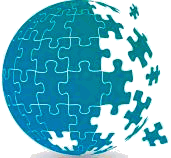
OBJECTIVES
The UN, after approval by the Security Council, sends peacekeepers to regions where armed conflict has recently ceased or paused to enforce the terms of peace agreements and to discourage combatants from resuming hostilities. Since the UN does not maintain its own military, peacekeeping forces are voluntarily provided by member states of the UN. The forces, also called the "Blue Helmets", who enforce UN accords, are awarded United Nations Medals, which are considered international decorations instead of military decorations. The peacekeeping force as a whole received the Nobel Peace Prize in 1988.
The founders of the UN had envisaged that the organization would act to prevent conflicts between nations and make future wars impossible, however the outbreak of the Cold War made peacekeeping agreements extremely difficult because of the division of the world into hostile camps. Following the end of the Cold War, there were renewed calls for the UN to become the agency for achieving world peace, as several dozen ongoing conflicts continue to rage around the globe.
A 2005 RAND Corp study found the UN to be successful in two out of three peacekeeping efforts. It compared UN nation-building efforts to those of the United States, and found that seven out of eight UN cases are at peace, as compared with four out of eight US cases at peace. Also in 2005, the Human Security Report documented a decline in the number of wars, genocides and human rights abuses since the end of the Cold War, and presented evidence, albeit circumstantial, that international activism—mostly spearheaded by the UN—has been the main cause of the decline in armed conflict since the end of the Cold War. Situations where the UN has not only acted to keep the peace but also occasionally intervened include the Korean War (1950–1953), and the authorization of intervention in Iraq after the Persian Gulf War in 1990.
The UN has also drawn criticism for perceived failures. In many cases, member states have shown reluctance to achieve or enforce Security Council resolutions, an issue that stems from the UN's intergovernmental nature—seen by some as simply an association of 193 member states who must reach consensus, not an independent organization. Disagreements in the Security Council about military action and intervention are seen as having failed to prevent the 1971 Bangladesh atrocities, the 1994 Rwandan Genocide, failed to provide humanitarian aid and intervene in the Second Congo War, failed to intervene in the 1995 Srebrenica massacre and protect a refugee haven by authorizing peacekeepers to use force, failure to deliver food to starving people in Somalia, failure to implement provisions of Security Council resolutions related to the Israeli–Palestinian conflict, and continuing failure to prevent genocide or provide assistance in Darfur. UN peacekeepers have also been accused of child rape, sexual abuse or soliciting prostitutes during various peacekeeping missions, starting in 2003, in the Congo, Haiti, Liberia, Sudan and what is now South Sudan, Burundi and Ivory Coast. In 2004, former Israeli ambassador to the UN Dore Gold criticized what it called the organization's moral relativism in the face of (and occasional support of) genocide and terrorism that occurred between the moral clarity of its founding period and the present day. Gold specifically mentions Yasser Arafat's 1988 invitation to address the General Assembly as a low point in the UN's history.
In addition to peacekeeping, the UN is also active in encouraging disarmament. Regulation of armaments was included in the writing of the United Nations Charter in 1945 and was envisioned as a way of limiting the use of human and economic resources for the creation of them. However, the advent of nuclear weapons came only weeks after the signing of the charter and immediately halted concepts of arms limitation and disarmament, resulting in the first resolution of the first ever General Assembly meeting calling for specific proposals for "the elimination from national armaments of atomic weapons and of all other major weapons adaptable to mass destruction". The principal forums for disarmament issues are the General Assembly First Committee, the UN Disarmament Commission, and the Conference on Disarmament, and considerations have been made of the merits of a ban on testing nuclear weapons, outer space arms control, the banning of chemical weapons and land mines, nuclear and conventional disarmament, nuclear-weapon-free zones, the reduction of military budgets, and measures to strengthen international security.
The UN is one of the official supporters of the World Security Forum, a major international conference on the effects of global catastrophes and disasters, which took place in the United Arab Emirates in October 2008.
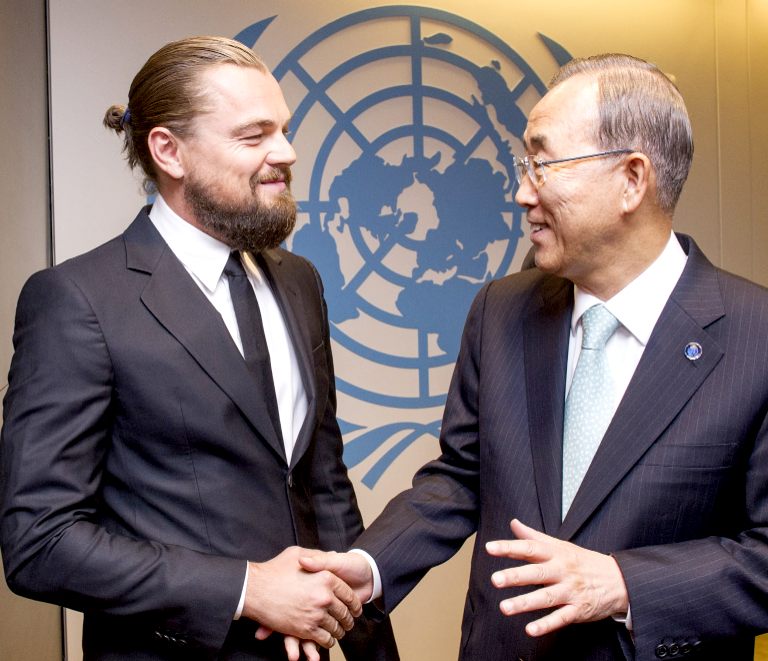
Leonardo
di Caprio and Ban
Ki-moon meet in New York at the UN summit on climate change.
FUNDING
The UN is financed from assessed and voluntary contributions from member states. The General Assembly approves the regular budget and determines the assessment for each member. This is broadly based on the relative capacity of each country to pay, as measured by their gross national income (GNI), with adjustments for external debt and low per capita income.
The Assembly has established the principle that the UN should not be overly dependent on any one member to finance its operations. Thus, there is a 'ceiling' rate, setting the maximum amount any member is assessed for the regular budget. In December 2000, the Assembly revised the scale of assessments to reflect current global circumstances. As part of that revision, the regular budget ceiling was reduced from 25% to 22%. For the least developed countries (LDCs), a ceiling rate of 0.01% is applied. In addition to the ceiling rates, the minimum amount assessed to any member nation (or 'floor' rate) is set at 0.001% of the UN budget. Refer to the table for major contributors.
A large share of UN expenditures addresses the core UN mission of peace and security. The peacekeeping budget for the 2005–2006 fiscal year was approximately US$5 billion, €2.5 billion (compared to approximately
US$1.5
billion, €995 million for the UN core budget over the same period), with some 70,000 troops deployed in 17 missions around the world. UN peace operations are funded by assessments, using a formula derived from the regular funding scale, but including a weighted surcharge for the five permanent Security Council members, who must approve all peacekeeping operations. This surcharge serves to offset discounted peacekeeping assessment rates for less developed countries. As of 1 January 2011, the top 10 providers of assessed financial contributions to United Nations peacekeeping operations were: the United States, Japan, the United Kingdom, Germany, France, Italy, China, Canada, Spain and the Republic of Korea.
Special UN programmes not included in the regular budget (such as UNICEF, the WFP and UNDP) are financed by voluntary contributions from other member governments. Most of this is financial contributions, but some is in the form of agricultural commodities donated for afflicted populations. Since their funding is voluntary, many of these agencies suffer severe shortages during economic recessions. In July 2009, the World Food Programme reported that it has been forced to cut services because of insufficient funding. It has received barely a quarter of the total it needed for the 09/10 financial year.
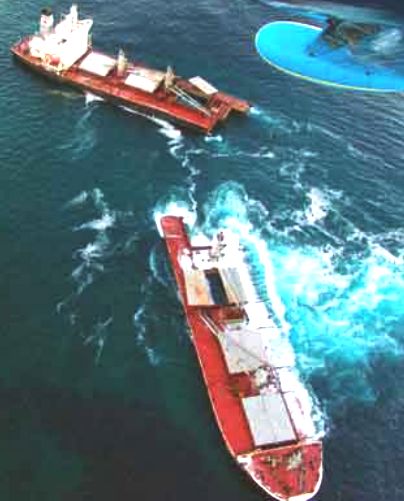
The
ultimate challenge, is to perfect a system that prevents accidents via
human error
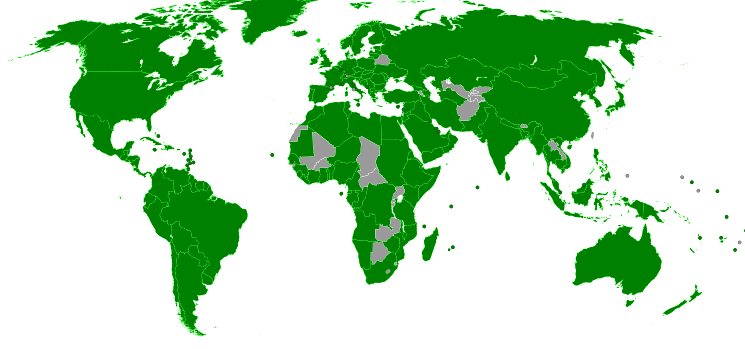
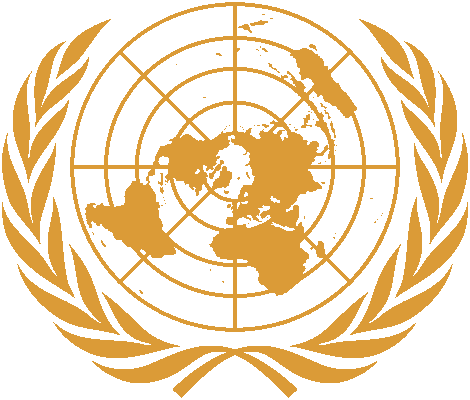
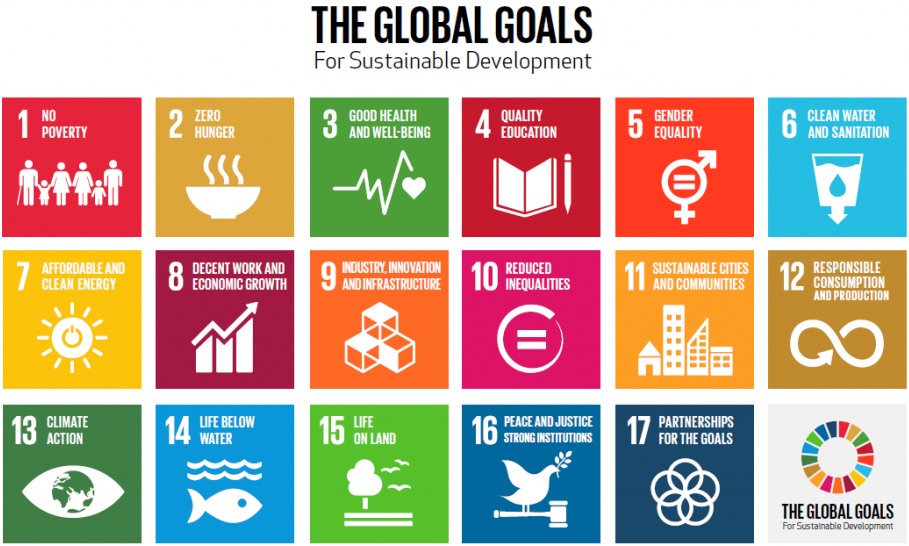
UNITED
NATIONS SECRETARIES-GENERAL
| Secretary-General |
Nationality |
Dates in Office |
| - |
- |
- |
| Trygve Halvdan Lie |
Norwegian |
1946 –
53 |
| Dag Hammarskjöld |
Swedish |
1953 –
61 |
| U Thant |
Burmese |
1962 –
71 |
| Kurt Waldheim |
Austrian |
1972 –
81 |
| Javier Pérez de Cuéllar |
Peruvian |
1982 –
91 |
| Boutros Boutros-Ghali |
Egyptian |
1992 –
96 |
| Kofi Annan |
Ghanaian |
1997 –
2006 |
| Ban Ki-Moon |
South Korean |
2007 –
16 |
| António Guterres |
Portuguese |
2017 – |
LINKS
& REFERENCE
SOLAS'1974
Magazines
Marinelink Maritime News
Marine
Link zero emission vessels tide turning
http://magazines.marinelink.com/Magazines/MaritimeNews
http://www.marinelink.com/news/emission-vessels-turning382831.aspx
http://en.wikipedia.org/wiki/International_Convention_for_the_Safety_of_Life_at_Sea
December
2000 amendments
Types
of Automatic Identification Systems". U.S. Coast Guard Navigation
Center.
Maritime
Navigation and Radiocommunication Equipment and Systems IEC.
Tron
AIS-SART - AIS-SART / Radar SART JOTRON.
http://www.cmlmicro.com/Press/briefs/index.asp?/Press/briefs/ais.htm
Circular
289: Guidance On the Use of AIS Application-Specific Messages
Establishing
an IALA AIS Binary Message Register: Recommended Process IALA
Conference
AIS
Application Specific Messags IALA-AISM.
EMC
Analysis of Universal Automatic Identification and Public Correspondence
Systems in the Maritime VHF Band
Vessel
Tracker Community.
Maritime
security – AIS ship data 79th session: 1–10 December 2004.
IMO Maritime Safety Committee.
Atlantis
leaves Columbus with a radio eye on Earth’s sea traffic ESA. 4
December 2009.
LUXSPACE
Sarl - LuxSpace successfully launches AIS satellite on PSLV LuxSpace.
ESA
satellite receiver brings worldwide sea traffic tracking within
reach". Euro Space Agency. 23 April 2009
News
Room - SpaceQuest, Ltd
SpaceQuest
receiving AIS SART messages from orbit". Kurt Schwehr. 29 April
2010
Successful
launch of Norwegian satellite The Norwegian Space Centre
http://www.nordicspace.net/PDF/NSA239.pdf
Technical
characteristics for AIS time division multiple access VHF maritime
band (Recommendation ITU-R M.1371-4)
AIS
Messages U.S. Coast Guard Navigation Center.
US
patent 5506587, Lans, Håkan, "Position indicating system", 1996-04-09,
GP&C Systems International AB
USPTO
ex-parte reexamination
certificate (7428th), issued on March 30, 2010
AIS
Advice
AIVDM.txt
AIS
references
Commissioners
of Irish Lights Oct-11 - AIS Home page
IMO
AIS transponders information Oct-11
Further
AIS, VTS and VTMIS information
US
Coast Guard Automatic Identification System Overview Mar-13
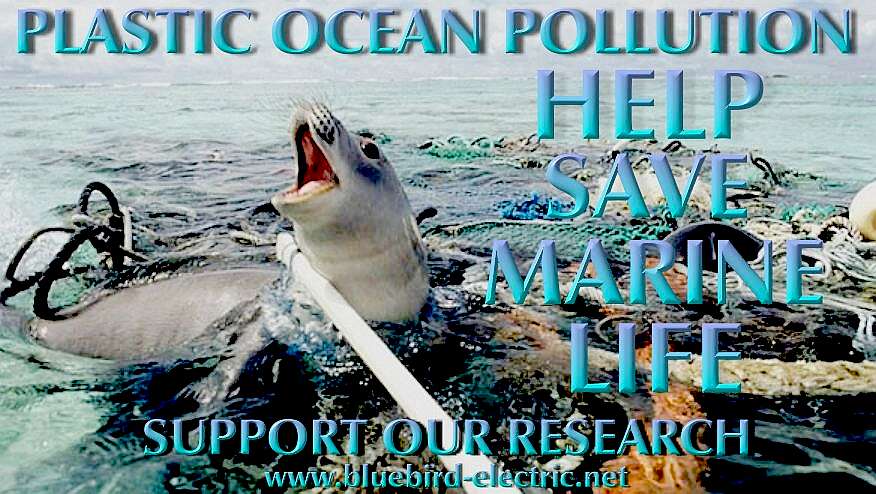
We
are choking the life out of animals in the world's oceans. Why? Because it
is out of sight, so out of the minds of most people - and for that reason
it is out of the minds of politicians. Thus, captains of industry, who
ought to know better, dump their garbage where they know they can get away
with it.
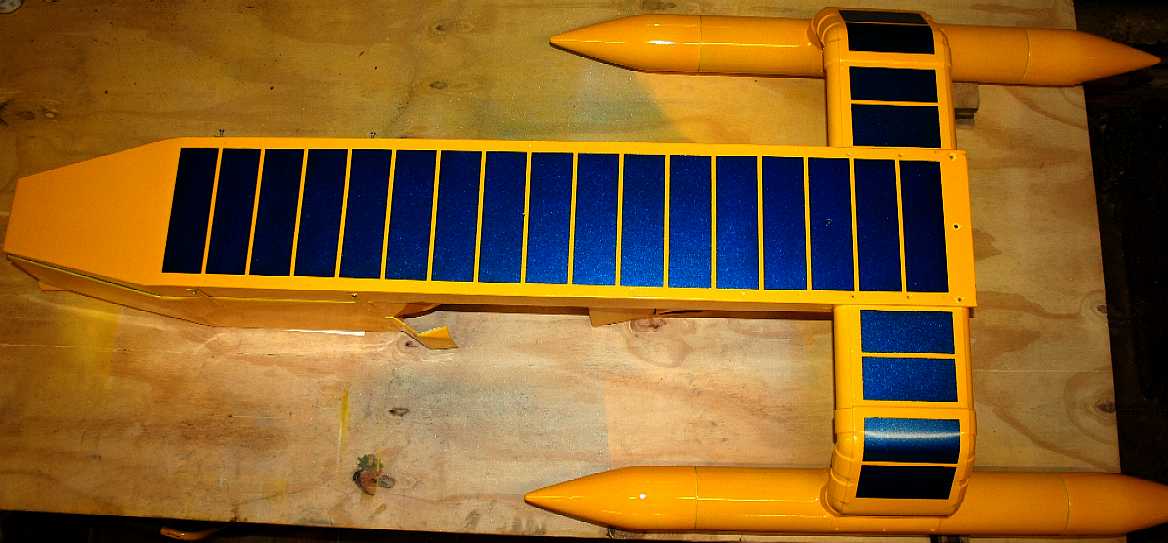
SOLAR
POWERED - The
key to cleaning up our oceans is free energy for economical operations.
The SeaVax platform that is presently under development in Sussex, UK, is a robotic
ocean workhorse that uses no diesel fuel to
sweep the oceans autonomously (COLREGS
compliant) 24/7 and 365 days a year - only possible with the revolutionary (patent) energy harvesting system. The
hullform is ideal for automatic release and recovery of ROVs
or towed arrays, alternating between drone and fully autonomous modes.
International development partners are welcome. This vessel
pays for itself in fuel saved every ten years: patent
pending. SeaVax
was held to be a great idea, but nobody wanted to fund development. Five
years of effort went into trying to secure backing, before the 1st company
was wound up, and the Foundation had to close book on the project. The
proof of concept model proved the system in very basic form, without
computer controlled differentiation.
ACID
OCEANS - ARCTIC
- ATLANTIC - BALTIC
- BERING
- CARIBBEAN - CORAL - EAST
CHINA - ENGLISH CH
GULF
MEXICO
- GOC - INDIAN
- MEDITERRANEAN -
NORTH SEA - PACIFIC
- PERSIAN GULF - SEA
JAPAN - STH
CHINA
PLANKTON
- PLASTIC
- PLASTIC
OCEANS - UNEP
- WOC
- WWF
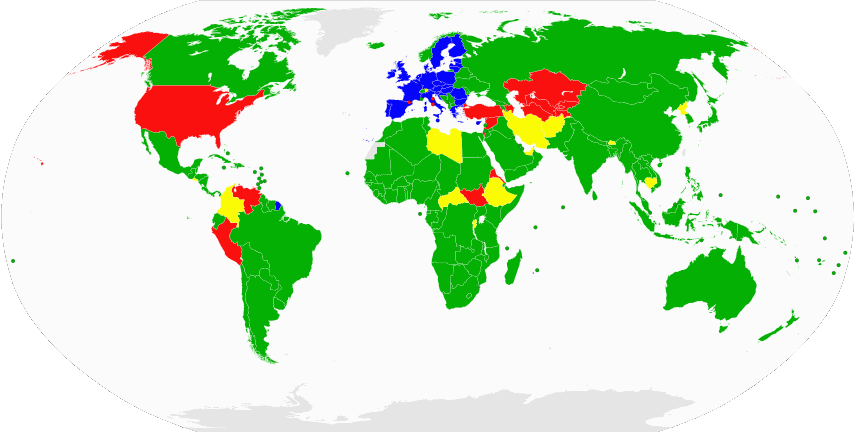
UNCLOS
- The United Nations Convention on the Law of the Sea is the international agreement that resulted from the third United Nations Conference on the Law of the Sea (UNCLOS III), which took place between 1973 and 1982. The convention was opened for signature on 10 December 1982 and entered into force on 16 November 1994 upon deposition of the 60th instrument of ratification. The convention has been ratified by 167 parties, which includes 166 states (163 United Nations member states plus the UN Observer state Palestine, as well as the Cook Islands and Niue) and the European Union. An additional 14 UN member states have signed, but not ratified the convention. Subsequently, the "Agreement relating to the implementation of Part XI of the United Nations Convention on the Law of the Sea" was signed in 1994, amending the original Convention. The agreement has been ratified by 147 parties (all of which are parties to the Convention), which includes 146 states (143 United Nations member states plus the UN Observer state Palestine, as well as the Cook Islands and Niue) and the European Union. An additional 3 UN
member states have signed, but not ratified the Agreement.
|
|
Parties
to the Convention |
|
|
Parties
(dually) represented by the EU |
|
|
Signatories |
|
|
Non
Parties |
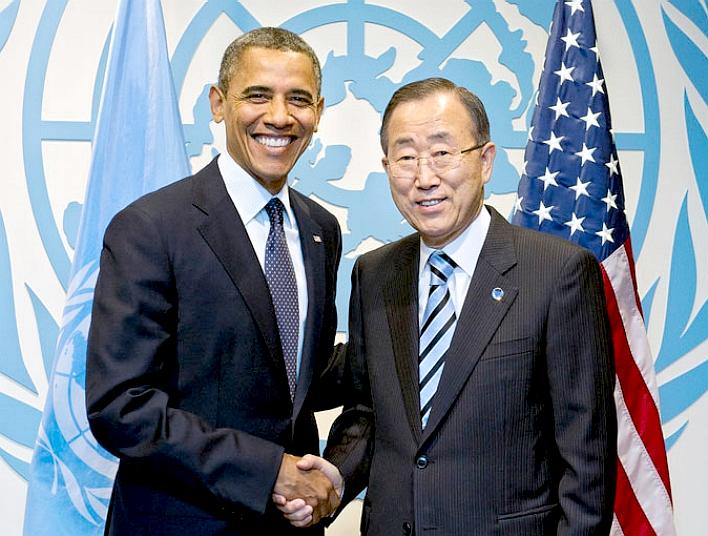
UN NEWS CENTRE
- United Nations Secretary-General Ban Ki-moon warmly congratulated President Barack Obama on his re-election as President of the United States, a spokesperson for the world body's head said overnight.
“The Secretary-General looks forward to continuing to work with
President Obama and his administration in the spirit of the enduring
partnership between the United States and the United Nations,” Mr.
Ban's spokesperson added in a statement.
“The Secretary-General and the United Nations will continue to count
on the active engagement of the United States on these and other crucial
issues as it strives to meet the hopes and expectations of people around
the world.” Ban Ki-moon is seen above with US President Barack Obama
at UN Headquarters in September 2012. It seems somewhat incongruous that
there is this accord between the two men, when the USA is not a signatory
to UNCLOS.
UN
CLIMATE ACTION PORTFOLIOS
1.
Finance
2. Energy
Transition
3. Industry
Transition
4. Nature-Based
Solutions
5. Cities
and Local Action
6. Resilience
and Adaptation
7. Mitigation
Strategy
8. Youth
Engagement & Public Mobilization
9. Social
and Political Drivers
BIODIVERSITY
COP HISTORY
|
COP
1: 1994 Nassau,
Bahamas, Nov & Dec
|
COP
8: 2006 Curitiba,
Brazil, 8 Mar
|
|
COP
2: 1995 Jakarta,
Indonesia, Nov
|
COP
9: 2008 Bonn,
Germany, May
|
|
COP
3: 1996 Buenos
Aires, Argentina, Nov
|
COP
10: 2010 Nagoya,
Japan, Oct
|
|
COP
4: 1998
Bratislava, Slovakia, May
|
COP
11: 2012
Hyderabad, India
|
|
EXCOP:
1999 Cartagena, Colombia, Feb
|
COP
12: 2014
Pyeongchang, Republic of Korea, Oct
|
|
COP
5: 2000 Nairobi,
Kenya, May
|
COP
13: 2016 Cancun,
Mexico, 2 to 17 Dec
|
|
COP
6: 2002 The
Hague, Netherlands, April
|
COP
14: 2018
Sharm El-Sheikh, Egypt, 17 to 29 Nov
|
|
COP
7: 2004 Kuala
Lumpur, Malaysia, Feb
|
COP
15: 2020 Kunming, Yunnan, China
|
CLIMATE
CHANGE UN COP HISTORY
|
1995
COP 1, BERLIN, GERMANY
1996
COP 2, GENEVA, SWITZERLAND
1997
COP 3, KYOTO, JAPAN
1998
COP 4, BUENOS AIRES, ARGENTINA
1999
COP 5, BONN, GERMANY
2000:COP
6, THE HAGUE, NETHERLANDS
2001
COP 7, MARRAKECH, MOROCCO
2002
COP 8, NEW DELHI, INDIA
2003
COP 9, MILAN, ITALY
2004
COP 10, BUENOS AIRES, ARGENTINA
2005
COP 11/CMP 1, MONTREAL, CANADA
2006
COP 12/CMP 2, NAIROBI, KENYA
2007
COP 13/CMP 3, BALI, INDONESIA
|
2008
COP 14/CMP 4, POZNAN, POLAND
2009
COP 15/CMP 5, COPENHAGEN, DENMARK
2010
COP 16/CMP 6, CANCUN, MEXICO
2011
COP 17/CMP 7, DURBAN, SOUTH AFRICA
2012
COP 18/CMP 8, DOHA, QATAR
2013
COP 19/CMP 9, WARSAW, POLAND
2014
COP 20/CMP 10, LIMA, PERU
2015
COP 21/CMP 11, Paris, France
2016
COP 22/CMP 12/CMA 1, Marrakech, Morocco
2017
COP 23/CMP 13/CMA 2, Bonn, Germany
2018
COP 24/CMP 14/CMA 3, Katowice, Poland
2019
COP 25/CMP 15/CMA 4, Santiago, Chile
2020
COP 26/CMP 16/CMA 5, to be announced
|
DESERTIFICATION
COP HISTORY
|
COP
1: Rome, Italy,
29 Sept to 10 Oct 1997
|
COP
9: Buenos Aires,
Argentina, 21 Sept to 2 Oct 2009
|
|
COP
2: Dakar,
Senegal, 30 Nov to 11 Dec 1998
|
COP
10: Changwon,
South Korea, 10 to 20 Oct 2011
|
|
COP
3: Recife,
Brazil, 15 to 26 Nov 1999
|
COP
11: Windhoek,
Namibia, 16 to 27 Sept 2013
|
|
COP
4: Bonn, Germany,
11 to 22 Dec 2000
|
COP
12: Ankara,
Turkey, 12 to 23 Oct 2015
|
|
COP
5: Geneva,
Switzerland, 1 to 12 Oct 2001
|
COP
13: Ordos City,
China, 6 to 16 Sept 2017
|
|
COP
6: Havana, Cuba,
25 August to 5 Sept 2003
|
COP
14: New Delhi,
India, 2 to 13 Sept 2019
|
|
COP
7: Nairobi,
Kenya, 17 to 28 Oct 2005
|
COP
15: 2020
|
|
COP
8: Madrid, Spain,
3 to 14 Sept 2007
|
COP
16: 2021
|
SIX
STEPS TOWARD A COOLER PLANET
1.
TRANSPORT:
Phase out polluting vehicles.
Government aims to end the sale of new petrol,
and diesel vehicles by
2040 but have no infrastructure
plan to support such ambition. Marine transport can be carbon neutral.
2.
RENEWABLES:
Renewable energy should replace
carbon-based fuels (coal,
oil and gas)
in our electricity,
heating and transport.
3.
HOUSING:
On site micro or macro generation
is the best option, starting with new build homes that are both affordable
and sustainable.
4.
AGRICULTURE:
We need trees
to absorb carbon emissions from a growing
population, flying, and to build new homes. Reducing food waste and
promoting less energy intensive eating habits such as no meat Mondays.
5.
INDUSTRY:
Factories should be aiming for solar heating
and onsite renewable energy generation.
6.
POLITICS:
- National governing bodies need
to adopt policies to eliminate administrative wastages, to include scaling
down spending on war machines, spending more on educating the public and
supporting sustainable social policies that mesh with other cultures, to
include providing finance to incentivize adaptation. Where the harm begins
at home, curb kleptocratic
councils with strict penalties to prevent empire building, encouraging a
phased climb down to economic equilibrium.
António
Guterres - UN Secretary General
Banks
- Banking
on valueless paper currencies (fraud) is fueling
global warming
Bioaccumulation
Biodiversity
Cannibalism
- A social taboo, but in times of mass starvation, a last source of
protein!
Careers
Climate
Change, Conferences
of the Parties (COPs)
COP1, COP2, COP3, COP4, COP5, COP6, COP7, COP8, COP9, COP10, COP11
COP12, COP13, COP14, COP15, COP16, COP17, COP18, COP19, COP20, COP21
COP22, COP23, COP24, COP25, COP26,
COP27, COP28, COP29, COP30, COP31
COP 32, COP33, COP34, COP35, COP36, FINI
Coronavirus,
Covid19 - Cure
Countdown
to Extinction - 10 years and counting to theoretical non-reversibility
Desertification
Devaluation
- A way to cool economies
Electricity
- Clean energy
Energy
- Renewables
ESA
Extinction
Rebellion
Extinctions
Financial
Slavery
Food
and Agriculture Organization - Security - Qu Dongyu
Food
Standard - A proposal to link money to actual food
production
Funding
- Budget
contributions and deficits
Geneva
Convention
Gold
- Standard,
linking paper money to a tangible asset
Greta
Thunberg
Hague
Human
Rights - Universal
Declaration
International
- Agreements, Monetary
Fund
Justice,
International Courts, The Hague
Kitack
Lim - Secretary General of the UN's International
Maritime Organization
Kleptocrats
Life
on Earth
Maritime
Organization, International, IMO
Member
Nations
NASA
Oceans
Planet
Earth Act
Plastics
Quality
of Life
Rivers
Satellites
Security
Council
Seventy-Fifth
75th anniversary of the United Nations
Silver
Standard - Money system with a real value, over
valueless promissory notes
Space
Travel - Colonization, Exodus
Sustainability
Development Goals (SDGs),
United Nations blueprint for 2030: SDG1,
SDG
2, SDG3, SDG4, SDG5, SDG6, SDG7, SDG8,
SDG9, SDG10, SDG11, SDG12, SDG13, SDG14,
SDG15, SDG16, SDG17
Transport
- Infrastructure, Mobility
UN75
- United Nations 75th Anniversary
UNESCO
-
United
Nations - Climate
Change Conferences of the Parties, COP26
Glasgow, Scotland
Agriculture, G20, Housing, IMF, Industry, Politics, Renewable
Energy,
Transport, World
Bank
COP26: Argentina, Australia, Brazil, Canada, China, EU, France,
Germany, India, Indonesia, Italy, Japan, Mexico, Russia,
Saudi
Arabia, South
Africa, South
Korea, Turkey, UK, USA
United
Nations Association - UNA
C&O - Climate and Oceans
UN
Organization des Unies -
Universal
Declaration of Human Rights 1948 - United Nations, Article
1, Article
2,
Article
3, Article
4, Article
5, Article
6, Article
7,
Article
8, Article
9, Article
10, Article
11,
Article
12, Article
13, Article
14, A
15, A
16, A
17,
A
18, A
19, A
20, A
21, A
22, A
23, A
24, A
25,
A
26, A
27, A
28, A
29, A
30
Volunteers
Watchdogs -
Telling it like it is
Work
World
Bank
World
Health Organization - Director
Generals
X
Chapter - Economic and Social Council
Yes
- It's time to stop the clock
Zero
Carbon
Zero
Emissions
ZEWT
- Zero Emission Waterborne Transport
|
